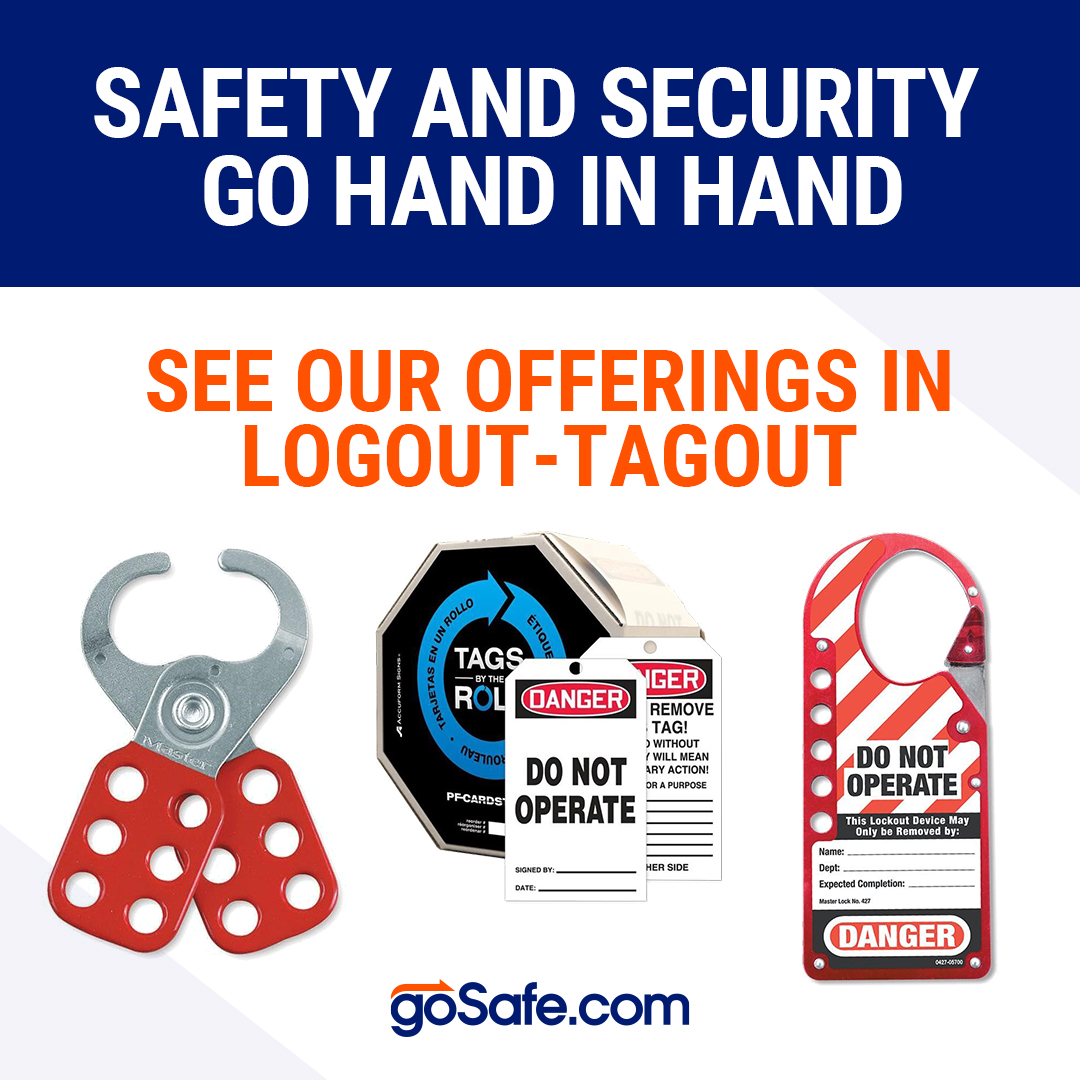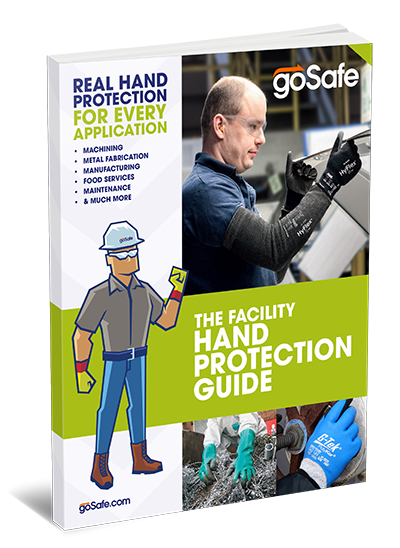What is it?
ANSI/ISEA Z358.1-2014 is the American National Standard for Emergency Eyewash Equipment. This nationally recognized standard establishes minimum performance and use requirements for eyewash equipment for emergency treatment of the eyes of a worker who has been exposed to hazardous materials.
[This standard also defines the requirements for showers for the use of bodily decontamination, but we’ll save that for another blog.]
When is it required?
29 CFR 1910.151(c) is the requirement from the Occupational Safety and Health Administration, (aka OSHA -or the guys that make the rules when it comes to workplace safety) for emergency eyewashes and showers. It specifies that "where the eyes or body of any person may be exposed to injurious corrosive materials, [such as flying particles, molten metal, liquid chemicals, acids or caustic liquids, chemical gases or vapors, or potentially injurious light radiation.] suitable facilities for quick drenching or flushing of the eyes and body shall be provided within the work area for immediate emergency use."
In layman’s terms: if your facility puts people at risk of this type of eye related injury, then you’re required to comply with this policy.
Where should eyewash-compliance products be placed?
Eyewash stations are required to be in a well-lit, unobstructed area which is accessible within 10 seconds of a hazardous area with easily visible signage indicating a wash station is available. In highly hazardous areas, personal eyewashes can be placed directly at a hazardous site but are not compliant on their own. Personal washes are meant to work as a first line of defense while an injured worker makes his/her way to a compliant eyewash station.
Why do I need eyewash compliance?
Have you ever been caught unexpectedly in power outage in the middle of the night? You find yourself momentarily freaking out while you clamor around feeling for your cell phone or possibly even stumble into another room looking for a flashlight?
It’s an unsettling feeling to say the least, and for good reason. Humans rely on sight as their most powerful sense. Imagine for a moment all the things you would have to give up if you couldn’t see. Remember that feeling of relief that comes when you find the light or your eyes adjust enough to offer some steadiness to your surroundings. Now imagine what it might be like if that feeling never came. A solid facility eyewash compliance program can save your workers from finding themselves in a similar, yet even more frightening situation.
If you’re not one for imagining, there are also some numbers that answer the question of why. How about the 900 million plus dollars in fines assessed by OSHA annually to businesses like yours who fail to meet compliancy standards, that’s a real eye-opener, huh?
How can goSafe help?
Some types of stations may work better than others for your facility depending on the amount and type of hazards within it.
Portable, Gravity Fed Eyewash: The most popular option possibly due to the benefits offered. Saline solution is stored at room temperature in a sealed container and enables a user to use spray heads to flush their eyes anywhere in or around a facility. This is an ideal set up for many since saline solution and a tepid temperature are the most comfortable way to provide the required 15 minutes of flushing and the enclosed containers provide a long shelf-life for the eyewash solution which results in less maintenance for your crew.
The portable eyewash’s counterpart; the plumbed eyewash station has a couple options of its own. A Faucet Mounted Eyewash, a Wall Mounted unit or a Shower/Eyewash Combo unit offer the same kind of protection but may suit certain areas and hazards more adequately. The plumbed eyewash option is best in workplaces where temperatures are not easily regulated. If the hazardous area temperature can drop below 60 degrees or rise above 100, you’ll want a plumbed unit in order to regulate the mandated temperature of the water that is used to flush the eyes.
Additional standards regulate acceptable types of eyewash equipment and procedures, how to maintain and test the products, as well as employee training requirements. goSafe can supply the right eyewash compliance solution for your workplace conditions with a variety of available options.








